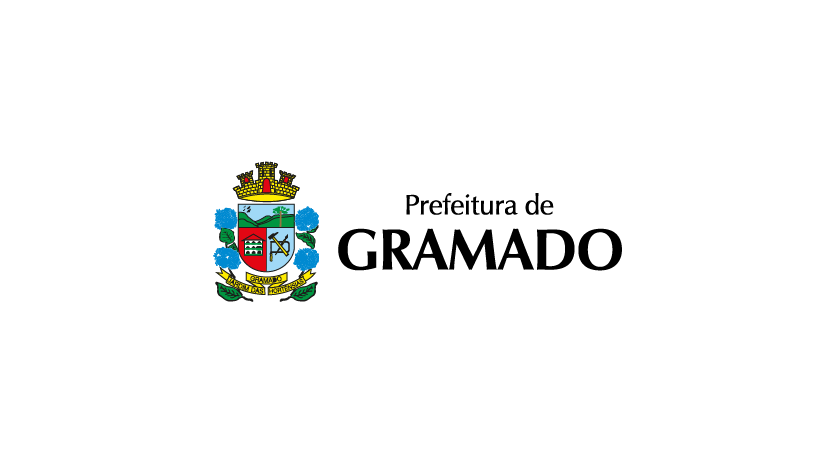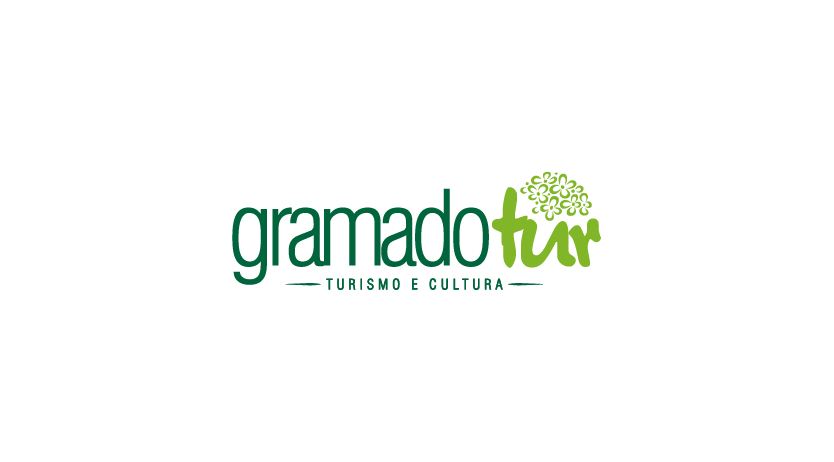The trajectory of the Gramado Film Festival has mirrored all the phases of national cinema. “If we look at the history of the Festival, we can understand how our Brazil and our cinema have evolved over the past 40 years,” says director Fernando Meirelles. In 1992, with its internationalization, the event began showcasing Ibero-American productions, broadening its cinematic horizons. Now, each year, it strengthens its title as the longest-running film festival in Brazil, continuously adapting to new audiovisual trends and bringing fresh perspectives to contemporary Brazilian cinema.
Despite necessary changes, its essence remains. For over four decades, the Gramado Film Festival has been a stage for significant moments in the history and affirmation of cinematographic art in the country. It all began in 1973 when the event was officially established by the National Film Institute. The first edition, organized by the Gramado City Hall in collaboration with Companhia Jornalística Caldas Júnior, Embrafilme, the National Art Foundation, and the State’s Departments of Tourism and Education and Culture, took place from January 10 to 14, 1973, featuring the competition for the Kikito, the “God of Good Humor,” with a statuette created by Elizabeth Rosenfeld, a great advocate of Gramado’s craftsmanship.
The early editions, held in the summer, were marked by sensationalism, nudity, and stars seeking fame and recognition in the Serra Gaúcha. With the arrival of the 1980s and the improvement of discussions about art and culture in various spaces, the event earned the title of one of the largest of its kind in the country. By the early 1990s, with the inauguration of Fernando Collor’s government, Brazil witnessed a near extinction of national cinematography. To survive, the Festival went international with an Ibero-American edition, held from August 15 to 22, 1992. This new international formula, unprecedented in Brazil, was well-received, giving new meaning to the event.
With the Gramado Film Festival, the Serra Gaúcha became a stage for debates and important encounters among artists, filmmakers, students, cinema researchers, the press, and the general public. Prominent names in national and Ibero-American cinema have been celebrated with Kikitos or honored with trophies such as Oscarito, Eduardo Abelin, City of Gramado, and Crystal Kikito. Othon Bastos, José Wilker, Sônia Braga, Lucélia Santos, Fernanda Torres, Marieta Severo, Hugo Carvana, and Marília Pêra are some of the actors who have a Kikito at home. Internationally, Pedro Almodóvar, Juan José Campanella, Javier Bardem, Marisa Paredes, and Norma Aleandro have been honored.
In its 40th edition, held in 2012, the Festival reinvented itself with a more democratic profile and numerous changes, where the president’s role was abolished, and cinema entities gained more participation. Other factors were crucial in shaping the new phase of the Gramado Festival, such as the return of screenings of Gaúcho short films at the Palácio dos Festivais and more affordable tickets for all screenings. In 2014, Gramadotur, the municipal agency responsible for organizing public events in Gramado, took over the event, providing more transparency to the Festival.
The trajectory of the Gramado Film Festival has mirrored all the phases of national cinema. “If we look at the history of the Festival, we can understand how our Brazil and our cinema have evolved over the past 40 years,” says director Fernando Meirelles. In 1992, with its internationalization, the event began showcasing Ibero-American productions, broadening its cinematic horizons. Now, each year, it strengthens its title as the longest-running film festival in Brazil, continuously adapting to new audiovisual trends and bringing fresh perspectives to contemporary Brazilian cinema.
Despite necessary changes, its essence remains. For over four decades, the Gramado Film Festival has been a stage for significant moments in the history and affirmation of cinematographic art in the country. It all began in 1973 when the event was officially established by the National Film Institute. The first edition, organized by the Gramado City Hall in collaboration with Companhia Jornalística Caldas Júnior, Embrafilme, the National Art Foundation, and the State’s Departments of Tourism and Education and Culture, took place from January 10 to 14, 1973, featuring the competition for the Kikito, the “God of Good Humor,” with a statuette created by Elizabeth Rosenfeld, a great advocate of Gramado’s craftsmanship.
The early editions, held in the summer, were marked by sensationalism, nudity, and stars seeking fame and recognition in the Serra Gaúcha. With the arrival of the 1980s and the improvement of discussions about art and culture in various spaces, the event earned the title of one of the largest of its kind in the country. By the early 1990s, with the inauguration of Fernando Collor’s government, Brazil witnessed a near extinction of national cinematography. To survive, the Festival went international with an Ibero-American edition, held from August 15 to 22, 1992. This new international formula, unprecedented in Brazil, was well-received, giving new meaning to the event.
With the Gramado Film Festival, the Serra Gaúcha became a stage for debates and important encounters among artists, filmmakers, students, cinema researchers, the press, and the general public. Prominent names in national and Ibero-American cinema have been celebrated with Kikitos or honored with trophies such as Oscarito, Eduardo Abelin, City of Gramado, and Crystal Kikito. Othon Bastos, José Wilker, Sônia Braga, Lucélia Santos, Fernanda Torres, Marieta Severo, Hugo Carvana, and Marília Pêra are some of the actors who have a Kikito at home. Internationally, Pedro Almodóvar, Juan José Campanella, Javier Bardem, Marisa Paredes, and Norma Aleandro have been honored.
In its 40th edition, held in 2012, the Festival reinvented itself with a more democratic profile and numerous changes, where the president’s role was abolished, and cinema entities gained more participation. Other factors were crucial in shaping the new phase of the Gramado Festival, such as the return of screenings of Gaúcho short films at the Palácio dos Festivais and more affordable tickets for all screenings. In 2014, Gramadotur, the municipal agency responsible for organizing public events in Gramado, took over the event, providing more transparency to the Festival.



